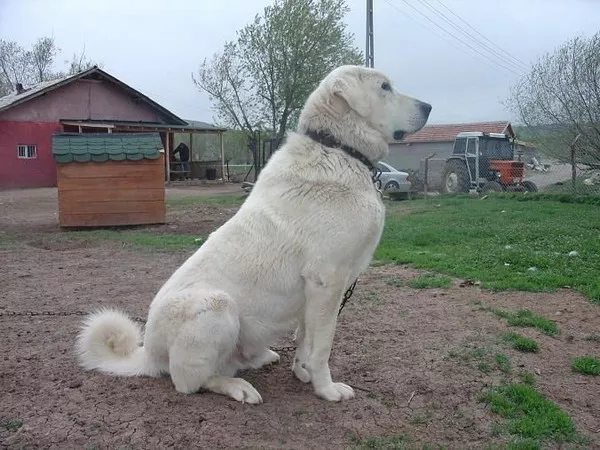Researchers Examine Causes and Implications of Successor Dog Syndrome in Assistance Pet Handlers
Australia – The powerful and transformative relationships shared between assistance dogs and their handlers are well-documented. However, a phenomenon known as “Successor Dog Syndrome” (SDS) has recently garnered attention, shedding light on the challenges handlers face when transitioning from one assistance dog to another. Researchers in Australia have undertaken a study to delve into the intricacies of this syndrome, aiming to raise awareness and mitigate its impact.
For Karen Hiam, the bond with her chocolate Labrador, Brandy, transcends the conventional human-pet relationship. Having enjoyed a profound connection with Brandy for seven years, Ms. Hiam is preparing for Brandy’s well-deserved retirement and the arrival of her third assistance dog, Meg. Her hope is to avoid falling prey to SDS, a complex psychological phenomenon where owners struggle to form the same profound bond with a successor dog.
Australian researchers, including Jessica Oliva, a psychology researcher at James Cook University, have embarked on a journey to better comprehend and address SDS. The study focuses on the relationships between dogs and their handlers or owners, striving to facilitate successful transitions between assistance dogs and reduce instances of dogs being returned due to bonding issues.
Dr. Oliva emphasized the importance of minimizing the recurrence of SDS, as frequent dog returns adversely affect the animals’ well-being. Establishing a bond, having it severed, and then attempting to recreate it with a new individual can be emotionally taxing for dogs.
SDS often arises when owners harbor high or unrealistic expectations of the new dog, comparing it unfavorably to its predecessor. This mindset can result from an exceptionally strong bond with the prior dog, potentially leading to feelings of guilt or discontent. For some, SDS acts as a defense mechanism, shielding individuals from the emotional turmoil associated with the loss of a beloved pet.
In the realm of assistance dogs, handlers’ reluctance to trust a new dog’s abilities may contribute to SDS. Differences in skills between the predecessor and successor dogs can undermine the established sense of trust, jeopardizing the handler’s sense of independence.
Assistance Dogs Australia CEO, Matthew Miles, lauded the study’s findings for their contribution to understanding and addressing this syndrome. He noted that the experience of loss or grief upon a dog’s retirement or passing is natural and significant. Miles emphasized the uniqueness of each dog and the profound impact that successor dogs can eventually have on their handlers’ lives.
For individuals like Karen Hiam, the relationship with assistance dogs extends far beyond companionship. These animals offer independence, freedom, and a profound connection that enriches the lives of both humans and their four-legged counterparts. With the insights gained from studies like this one, the hope is to further strengthen these bonds and ensure the well-being of both humans and dogs in this remarkable partnership.


